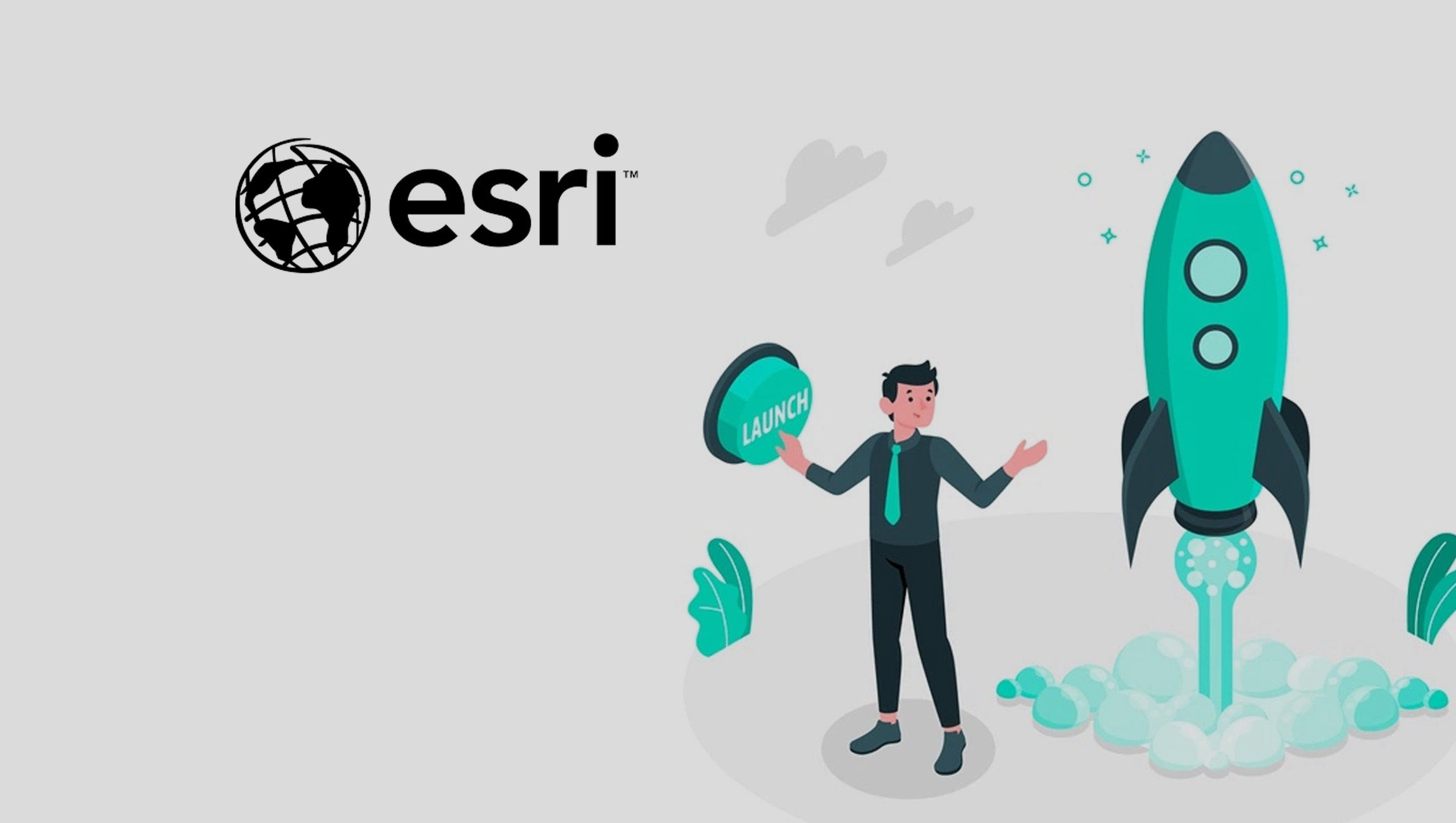Collaboration with GARE and Five Jurisdictions Produces Mapping Tool for Government
In communities across the US, public and private sector organizations are working to advance racial equity and social justice. Governments, in particular, are seeking to ensure that their constituents have equitable opportunities for education, employment, access to healthy foods and affordable health care, as well as safe housing options. In response to this challenge, Esri, the global leader in location intelligence, has partnered with Race Forward’s Government Alliance on Race and Equity (GARE) alongside other leaders in government nationally to create a Social Equity Analysis solution.
Marketing Technology News: Infobird Co., Ltd Announces Filing of Interim Report on Form 6-K
“It’s truly exciting that this partnership has resulted in the creation of a place-based tool that centers racial equity”
Teams working on racial equity initiatives through state and local government or geographic information system (GIS) technology can use this new tool. The Social Equity Analysis solution offers features for assessing conditions in local communities, evaluating decision-making scenarios, and measuring progress toward equity goals. The solution uses GIS to combine smart maps and community data. This creates a visually powerful framework for analyzing and sharing community equity data.
“At Esri, we believe understanding precedes action and recognize that social equity requires a geographic approach,” said Clinton Johnson, Esri racial equity and social justice lead. “This new solution will help public and private sector leaders reveal patterns of need and find opportunities to advance social equity at the intersections of geography, race, ethnicity, socioeconomics, disability, gender, sexual orientation, and more.”
GARE is a membership network of more than 400 US city, county, and state governments working to advance racial equity. Many GARE members already use GIS as a foundation for work focusing on racial justice and equity. Through its partnership with GARE, Esri worked with representatives in the City and County of Denver, Colorado; City and County of Durham, North Carolina; Fairfax County, Virginia; Milwaukee County, Wisconsin; and San Antonio, Texas. Representatives from these jurisdictions helped in identifying critical steps for advancing equity across a range of domains, including education, employment, health, housing, and safety. Insights from this collaboration guided Esri’s development team over the past year in building the solution.
Marketing Technology News: MarTech Interview with Victor Potrel, VP of Platform Partnerships at TheSoul Publishing
“It’s truly exciting that this partnership has resulted in the creation of a place-based tool that centers racial equity,” said Raintry Salk, GARE research manager and project lead for the Esri partnership. “Our racial equity experts, working inside government, provided key considerations toward building a tool to visualize complex on-the-ground decisions. This new tool simultaneously provides greater rigor, functionality, flexibility, and sophistication to our shared desire to advance racial equity.”
The Social Equity Analysis solution incorporates best practices shared by partners and Race Forward, the parent organization to GARE. Race Forward builds strategies to advance racial justice in policies, institutions, and culture. With this new solution, which operates in tandem with Esri’s suite of ArcGIS software products, users can
- Identify specific populations by race, ethnicity, language, sex, age, or other factors and see how those groups are distributed across a geographic area.
- Understand the distribution of benefits or burdens by ranking community indicators (e.g., community conditions, resources, harms, or outcomes) by geographic region.
- Understand benefits or burdens for specific population groups after identifying a set of community indicators.
- Regularly evaluate progress toward equity goals through ongoing monitoring of benefits and burdens within specific populations or geographic regions.
The solution allows users to produce indexes using community data within the tool, as well as indexes produced with custom or weighted variables. These indexes can be shared with stakeholders and community members through other Esri apps such as ArcGIS StoryMaps, ArcGIS Dashboards, or ArcGIS Hub to increase transparency and community engagement.
With the launch of the Social Equity Analysis solution, more governments can take a data-driven approach in creating and monitoring policies and programs that are designed to address community needs and ensure equity.
Marketing Technology News: MarTech Interview with Bernadette Butler, CEO and Co-Founder at StoryTap











